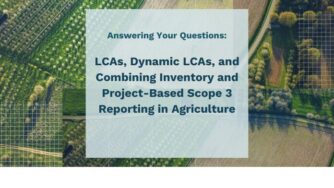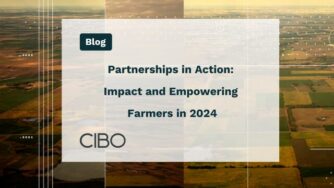Growers have developed a regenerative model of farm production that promotes biodiversity and soil health while producing nutrient-dense farm products profitably. According to a journal article published by Claire E. LaCanne and Jonathan G. Lundgren, throughout the Northern Plains of the United States, they found that regenerative fields had 29% lower grain production but 78% higher profits over traditional corn production systems. Profit had a positive correlation with the organic matter of the soil.
These principles are consistent across many regenerative farming systems including abandoning or reducing tillage, eliminating Spatio-temporal events of bare soil, increasing plant diversity on the farm and integrating cropping operations and livestock on the land. When comparing conventional agriculture with alternative agriculture many times the systems’ relative net profit to the farmer is ignored.
The farmers themselves have devised an ecologically-based production system consisting of multiple practices that are woven into a profitable farm that promotes ecosystem services. Regenerative farms fundamentally challenge the current food production paradigm that maximizes gross profits at the expense of net gains for the farmer.
Key elements of this successful approach to farming include:
- By promoting soil biology and organic matter and biodiversity on their farms, regenerative farmers required fewer costly inputs like insecticides and fertilizers, and managed their pest populations more effectively.
- Soil organic matter was a more important driver of proximate farm profitability than yields were, in part because the regenerative farms marketed their products differently or had a diversified income stream from a single field.
How CIBO Helps Growers Connect With Land in a New Way
At CIBO, we have developed technologies that help organizations and farmers help stop climate change. CIBO accelerates and scales regenerative agriculture by providing the first direct-to-the-farmer carbon marketplace. We are able to provide complex data for farmers and growers to help them gain more insight to their land without requiring them to calculate this information on their own.
Farmland is constantly changing and evolving. Our platform helps simplify this previously time-consuming process of determining field history, field potential, and field risks. Try CIBO today to see how the platform can help you with regenerative agriculture.



